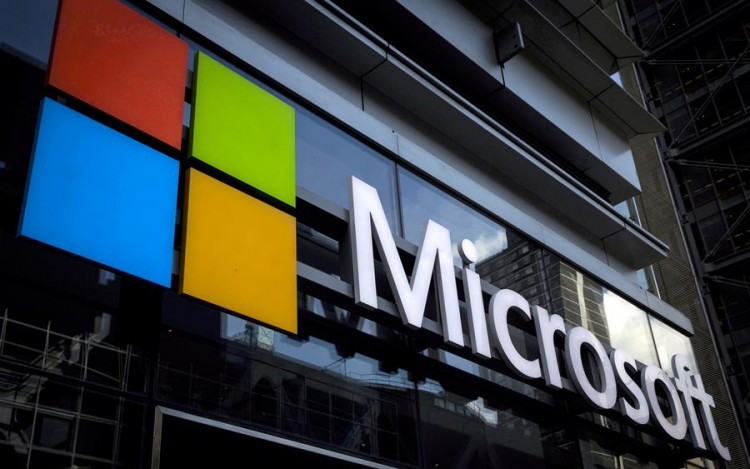Microsoft has updated a risk factor in its annual report on the evening of July 27th, emphasizing the importance of securing graphic processing units (GPUs) for its data centers. The tech giant has been ramping up its capital expenditures, including the purchase of GPUs, to cater to the escalating demand for cloud-based artificial intelligence services.
Microsoft emphasized to investors that GPUs are pivotal to its rapidly growing cloud business. In its annual report submitted to regulators on Thursday evening, Microsoft incorporated content about GPUs in the risk factors category "service interruptions may occur if the necessary infrastructure is unattainable."
Analysts believe this statement reflects Microsoft's increasing hardware demands for providing AI services built on the cloud to small businesses.
In Microsoft's 2023 fiscal year report released earlier this week, ending in June, the company highlighted its data centers' reliance on licensable constructible land, predictable energy and network supplies, and server availability, which includes GPUs and other components.
This reference to GPUs is one of three in the documents Microsoft submitted to regulators. Notably, last year's report did not mention GPUs at all. Other major tech companies, like Google, Apple, and Amazon, also haven't included similar phrasing in their reports to regulators.
OpenAI, supported by Microsoft, relies on Microsoft's Azure cloud services for computations, including those of ChatGPT and various AI models. Microsoft has begun to leverage OpenAI's models to enhance existing products, such as Outlook and Word applications, and the Bing search engine, using generative AI.
Microsoft's efforts in AI technology, coupled with the strong market interest in ChatGPT, are driving the company to secure more GPUs than initially anticipated.
In March, Nvidia's CEO, Jensen Huang, expressed his delight at Microsoft announcing that Azure is launching a private preview of its AI supercomputer featuring the H100.
Microsoft has begun seeking sufficient computing capacity outside its data centers, signing a deal with Nvidia-supported CoreWeave, which leases GPUs to third-party developers, including Microsoft.
Meanwhile, Microsoft has spent years developing its custom artificial intelligence processor. Besides Microsoft, other companies like Google, Amazon, and Meta are also developing their AI chips, hoping to lessen their reliance on Nvidia.
This week, Microsoft's CFO, Amy Hood, stated in a call with analysts that the company expects a continuous increase in capital expenditures this quarter, covering the costs of data centers, standard central processing units, networking hardware, and GPUs.
At the end of January this year, when the AI boom had just begun, Microsoft experienced a network outage that paralyzed Azure services, affecting millions of global users of services like Teams and Outlook.
According to Microsoft's data, an interruption of Azure-which has 15 million business customers and more than 500 million active users-could impact multiple services and generate a domino effect, given that nearly all of the world's largest companies use the platform.
Currently, as Microsoft layers AI tools onto cloud services, market analysis suggests that this implies a greater need for Microsoft's computational power and potentially renders its cloud services system more fragile.





